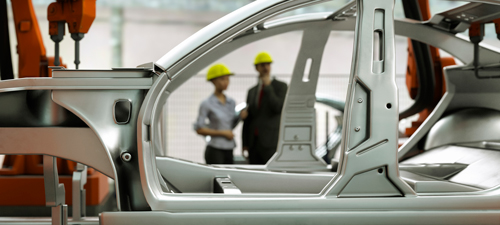A multi-cavity injection mold is, as the name implies, an injection mold that has more than one cavity. Each of those cavities is the same. The mold is designed to produce multiples of the same part during each production run. Multi-cavity injection molds are often used for higher volume products since it means each production run produces a higher number of finished parts.
Multi-cavity injection molds are sometimes confused with family injection molds, but the two are quite different. While a family injection mold also includes multiple cavities, those cavities are not the same. Rather, they are used to create different components of a product in a single run. Because of the different shapes of the cavities in a family mold, it can be much harder to maintain consistency during part production, thereby increasing your risk of molding defects.
Product Volume
The most important factor to consider when choosing between a single or multi-cavity mold is your product volume requirements and the amount of time you have to produce the necessary number of parts. Do you intend to ramp up production quickly, or more organically over time? You will also need to consider the time needed for setup and maintenance in between runs. Your manufacturing partner can assist you in finding the right solution for your desired volumes.
Injection Mold Maintenance
Injection mold maintenance is one of the most beneficial processes when it comes to extending the life of your injection molds. This is especially true for multi-cavity molds. After all, if one of the cavities in your mold has a problem, the entire mold must be taken offline to address it. At KASO, our injection mold team completes full mold maintenance between every production run, including stripping, cleaning, and preventative maintenance, plus a full injection mold inspection to ensure the mold is operating at optimal levels.
Designing a Multi-Cavity Injection Mold
When it comes to the design of your multi-cavity injection mold, accuracy and consistency are the keys to quality finished products. It’s also important to note that what works well for a single cavity mold may not translate exactly the same to a multi-cavity mold, even for the same products. Additional factors will also need to be considered, such as the distance your plastic material will need to travel to reach its destination in the mold, as well as the temperature requirements necessary for the material to flow consistently throughout the mold.
Are you considering taking a multi-cavity approach to your production? Talk to the experts at KASO Plastics. Our team is ready to assist you with all of your injection mold design needs.








 Molding services for Agricultural customers
Molding services for Agricultural customers